ANIMALS
27 Animals With The Most Elaborate Hunting Strategies
Published
4 months agoon
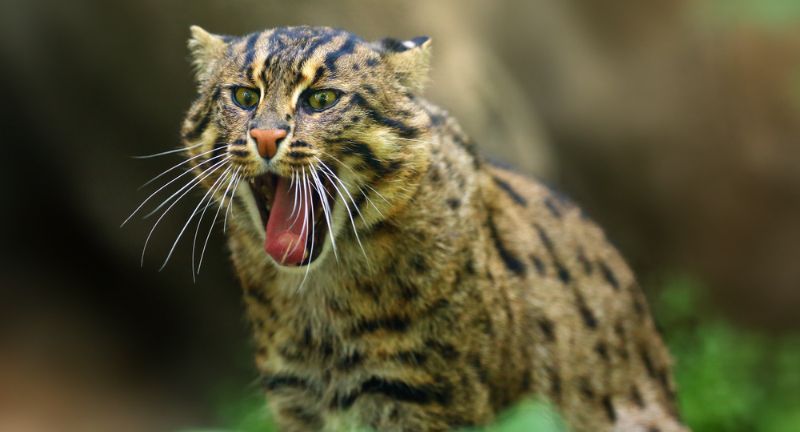
Shutterstock
The animal kingdom is filled with incredible hunters that showcase extraordinary strategies to capture their prey. From teamwork and intelligence to stealth and speed, these creatures have developed unique techniques to survive and thrive. Each species demonstrates the remarkable adaptability and ingenuity required to succeed in the wild. This list highlights 27 animals with some of the most elaborate and fascinating hunting methods. Prepare to be amazed by the creativity and precision of nature’s top predators!
Orcas

Shutterstock
Orcas, also known as killer whales, are apex predators that use cooperative hunting strategies to catch prey. They work in pods to herd fish into tight balls, making them easier to catch. Orcas have also been observed intentionally creating waves to knock seals off ice floes. Their advanced communication and teamwork make them one of the most effective hunters in the ocean.
African Wild Dogs

Shutterstock
African wild dogs rely on their incredible stamina and pack coordination to hunt. They communicate with vocalizations and body language to outmaneuver prey, often chasing them over long distances. This persistence hunting strategy exhausts their targets, ensuring a high success rate. Their ability to work together makes them some of the most efficient hunters on land.
Golden Eagles

Shutterstock
Golden eagles are skilled hunters, using their incredible speed and sharp talons to catch prey. They often hunt in pairs, with one eagle distracting the target while the other swoops in for the kill. Their prey includes small mammals, birds, and even larger animals like deer fawns. Golden eagles also use the element of surprise, diving at speeds of up to 200 mph to capture their target.
Spiders

Shutterstock
Spiders employ a variety of hunting strategies, with many species weaving intricate webs to trap prey. Others, like jumping spiders, rely on stealth and precision to ambush their targets. Trapdoor spiders create hidden burrows to leap out and snatch unsuspecting insects. These strategies showcase their adaptability and specialized hunting techniques.
Venus Flytraps

Shutterstock
The Venus flytrap is a carnivorous plant that uses an elaborate mechanism to capture insects. Its modified leaves snap shut when sensitive hairs detect movement, ensuring prey is securely trapped. The plant then secretes digestive enzymes to break down the insect for nutrients. This remarkable strategy allows it to thrive in nutrient-poor soils.
Saltwater Crocodiles

Shutterstock
Saltwater crocodiles are ambush predators that rely on patience and stealth. They lie motionless near the water’s edge, waiting for prey to approach before launching a rapid attack. Their powerful jaws and incredible strength allow them to take down large animals, including deer and cattle. Their hunting strategy is a testament to their ancient and efficient design.
Antlions

Shutterstock
Antlions are insects that dig funnel-shaped pits in sandy soil to trap ants and other small prey. When an insect falls in, the antlion flicks sand at it to prevent escape, eventually capturing and consuming the prey. This ingenious method minimizes the need for active hunting. Their elaborate traps make them masters of passive predation.
Dragonflies

Shutterstock
Dragonflies are aerial predators that rely on precision and speed to catch prey mid-flight. Their exceptional eyesight allows them to track and intercept insects with incredible accuracy. Dragonflies adjust their flight paths based on their prey’s movements, ensuring successful captures. Their advanced hunting strategy makes them one of the most efficient predators in the insect world.
Portia Spiders

Shutterstock
Portia spiders are known for their intelligence and complex hunting strategies. They assess their prey’s behavior and environment before devising an attack plan. These spiders even mimic vibrations on other spiders’ webs to lure them into a trap. Their ability to adapt and strategize sets them apart as one of the most advanced hunters among arachnids.
Chimpanzees

Shutterstock
Chimpanzees are intelligent hunters that use tools and teamwork to capture prey. They often craft spears from sticks to hunt small animals like bush babies. Chimps also hunt in groups, strategically surrounding their target to ensure a successful kill. Their ability to plan and coordinate sets them apart as one of the most skilled hunters in the primate world.
Bottlenose Dolphins

Shutterstock
Bottlenose dolphins exhibit highly coordinated hunting techniques, including “fish herding” to gather schools of fish. In shallow waters, they create mud rings to trap fish, forcing them to jump into the dolphins’ waiting mouths. They communicate using clicks and whistles to synchronize their actions during hunts. This combination of intelligence and teamwork makes them formidable ocean predators.
Octopuses

Shutterstock
Octopuses are masters of disguise and stealth when hunting. They use their flexible bodies and color-changing skin to blend into surroundings, sneaking up on prey like crabs and fish. Some octopus species create traps using coconut shells or rocks, showcasing their problem-solving abilities. Their intelligence and adaptability make them one of the most skilled hunters in the ocean.
Peregrine Falcons

Shutterstock
Peregrine falcons are the fastest animals on Earth, reaching speeds of over 240 mph during hunting dives. They use their incredible speed and precision to strike birds mid-flight. By targeting prey from above, they minimize the chance of escape. Their streamlined bodies and sharp talons make them exceptional aerial predators.
Army Ants

Shutterstock
Army ants hunt in massive coordinated swarms, overwhelming their prey with sheer numbers. They use chemical signals to communicate and direct their movements during raids. Their relentless approach allows them to take down animals much larger than themselves. This collective hunting strategy is one of the most efficient in the insect world.
Fishing Cats

Shutterstock
Fishing cats are skilled hunters that specialize in catching fish and other aquatic prey. They use their partially webbed paws to scoop fish out of the water with incredible precision. These cats are also known to tap the water’s surface to mimic insect movements, luring fish closer. Their unique hunting adaptations make them exceptional predators in wetland environments.
Trapdoor Spiders

Shutterstock
Trapdoor spiders construct camouflaged burrows with a hinged “door” made of silk and debris. They patiently wait inside for unsuspecting prey to pass by, leaping out with lightning-fast reflexes to capture it. This ambush strategy minimizes energy expenditure while maximizing success. Their ability to blend seamlessly into their environment makes them highly effective hunters.
Snow Leopards

Shutterstock
Snow leopards are solitary hunters that rely on stealth and strength to ambush prey in mountainous terrain. They use their powerful hind legs to leap across vast distances, often surprising their targets. Their thick fur provides camouflage against rocky landscapes, making them nearly invisible to prey. Snow leopards’ patience and adaptability ensure their survival in harsh environments.
Humans (Traditional Hunting Methods)

Shutterstock
Humans have developed some of the most elaborate hunting strategies in history, using tools, traps, and cooperative methods. Traditional techniques like persistence hunting involve tracking animals over long distances until they are exhausted. Innovations such as bows, nets, and decoys showcase our ingenuity. Human hunting strategies have evolved to include both sustainable and non-sustainable practices, highlighting our adaptability and resourcefulness.
Leopard Seals

Shutterstock
Leopard seals are powerful marine predators that use stealth and speed to hunt penguins and fish. They often wait near ice edges or underwater pathways where prey is likely to travel. When hunting penguins, they snatch them mid-leap as they dive into the water. Their streamlined bodies and sharp teeth make them highly efficient hunters in icy waters.
Stoats

Shutterstock
Stoats use an intriguing hunting tactic called the “dance of death” to mesmerize their prey. They perform erratic movements and jumps to confuse and distract their target, such as rabbits, before striking. Stoats rely on their agility and speed to chase down prey in open areas. This playful but effective strategy highlights their adaptability as predators.
Indian Tent Turtles

Shutterstock
Indian tent turtles are ambush predators that use their camouflage to blend into riverbeds. They wait patiently for fish or small aquatic creatures to come close before snapping their jaws shut with precision. Their ability to remain motionless for extended periods is key to their success. This strategy minimizes energy expenditure while ensuring a stealthy attack.
Green Herons

Shutterstock
Green herons are one of the few bird species that use tools to hunt. They drop small objects like insects or twigs into the water to lure fish closer. Once the fish approach, the heron quickly snatches them with its sharp beak. This intelligent strategy demonstrates the bird’s resourcefulness and problem-solving skills.
Fire Ants

Shutterstock
Fire ants use sheer numbers and cooperative behavior to overwhelm their prey. They swarm targets, injecting venom through their bites to immobilize them quickly. Fire ants also form living rafts during floods, allowing their colonies to survive and hunt in new areas. Their ability to adapt and work together makes them a dominant force in their environment.
Archerfish

Shutterstock
Archerfish are remarkable hunters that use jets of water to knock insects off branches into the water. They calculate the distance and angle with precision before shooting their target. Their highly accurate aim allows them to hunt effectively despite the refraction of light in water. This unique adaptation makes them one of the most skilled aquatic hunters.
Alligator Snapping Turtles

Shutterstock
Alligator snapping turtles use a lure-like appendage on their tongues to attract prey. They remain motionless with their mouths open, wiggling the lure to mimic a worm. When fish or other small animals approach, the turtle snaps its jaws shut with immense force. This ambush technique makes them highly efficient hunters in freshwater environments.
Margays

Shutterstock
Margays are small wild cats known for their ability to mimic the calls of their prey. By imitating the cries of small animals like tamarins, they lure their prey closer for an ambush. Margays’ arboreal agility allows them to hunt effectively in dense forest canopies. Their intelligence and adaptability make them exceptional predators in tropical ecosystems.
False Cleanerfish

Shutterstock
False cleanerfish mimic the appearance and behavior of cleaner wrasses, fish that remove parasites from other fish. They use this disguise to get close to their targets, then bite pieces of flesh instead of cleaning. This deceptive strategy allows them to hunt without triggering alarm in their prey. Their clever mimicry highlights the diverse adaptations in the marine world.
Conclusion

Shutterstock
Nature’s most effective hunters display a stunning combination of intelligence, adaptability, and instinct. From the deep seas to the highest mountains, these animals have honed their techniques over millennia to secure their place in the food chain. Observing their strategies reminds us of the ingenuity and complexity of the natural world. These hunting methods not only ensure survival but also reveal the delicate balance of ecosystems. By understanding and appreciating these creatures, we can gain deeper respect for the interconnectedness of life on Earth.
More Amazing Animals+
-
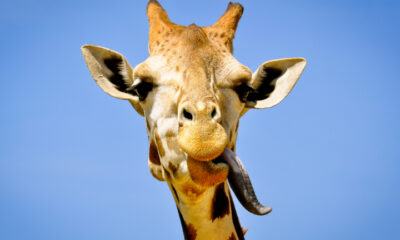

20 Fun Facts About Giraffes
-
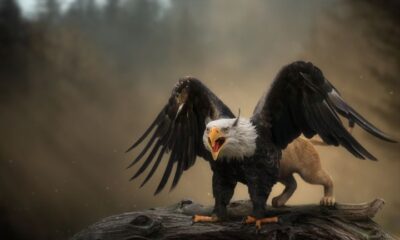

25 Mythical And Misunderstood Animals
-
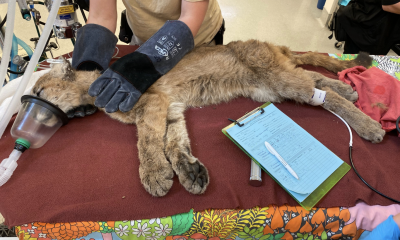

Roaming Mountain Lion Rescued From a Classroom in California
-


Giant panda celebrates first birthday with special cake at zoo…
-
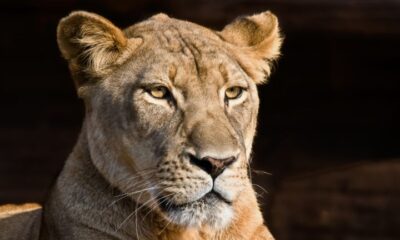

Why Lionesses Are the True Rulers of the Animal Kingdom
-


Vitakraft’s Squeezable, Hand-Fed Snacks Named Best Cat Treat of 2022
-
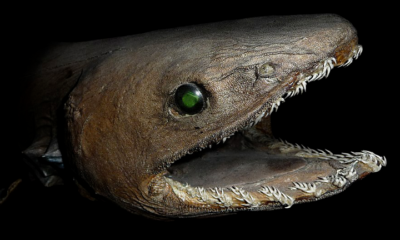

30 Weirdest Shark Species In The World
-
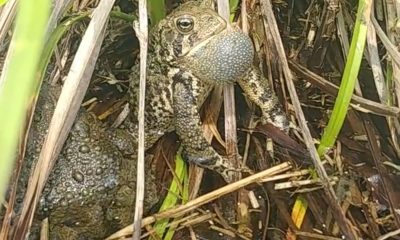

Who needs online dating when you could have a toads…
-
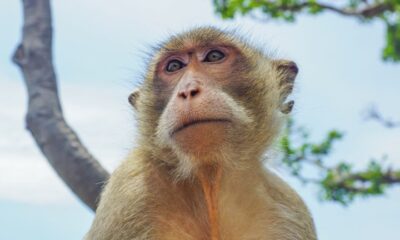

Life’s a Jungle: Uncovering the Most Fascinating Monkey Secrets
-
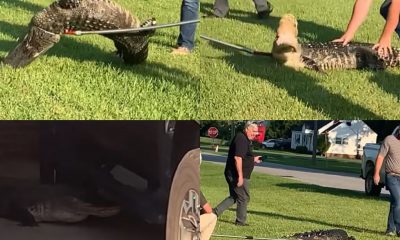

I’ve got some gorilla duct tape if you want it.…
-
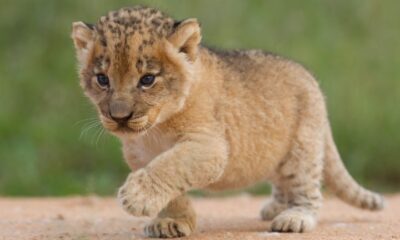

20 Random Facts About Lions That May Surprise You
-


Owner of World’s Oldest Dog Reveals Secrets of Pets Long…
